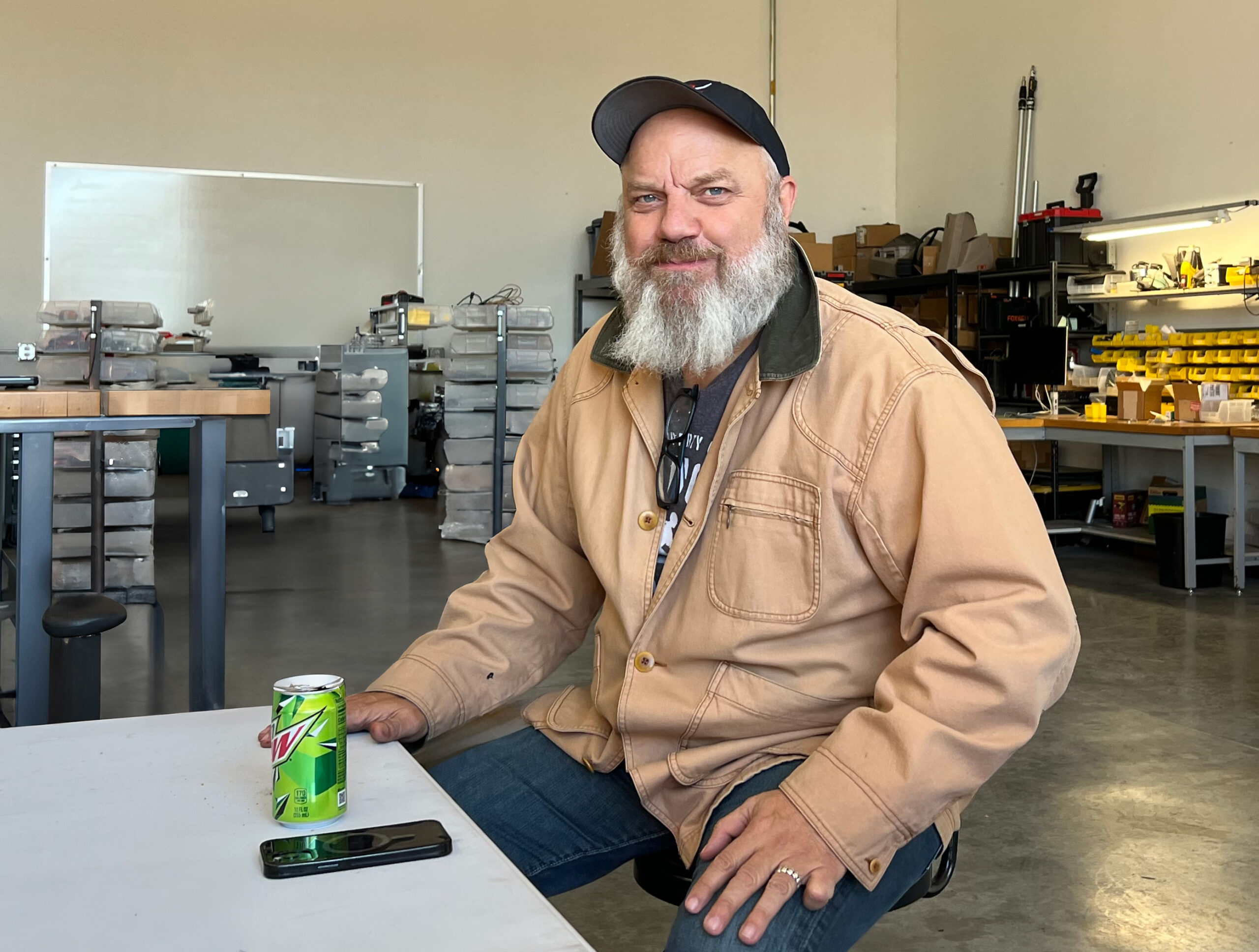
Consider field size, for instance. On a 450-acre farm in Florida, divided into 50 smaller fields of about 8 acres each, our system took roughly 45 minutes to complete each field. This setup required the farm manager to constantly shuttle between his office and the fields to keep operations running. Eventually, the logistical demands outweighed the benefits, making a human operator more practical. We implemented field-to-field transits to solve this issue.
Remote and dispersed field locations further complicate things. Moving a system to and from dispersed fields, often requiring a truck, trailer, and sometimes two people, can be inefficient. Some farmers tackle this by keeping systems parked at different locations year-round, while others resort to creative solutions like towing a 4-wheeler to move equipment between fields.
While the promise of autonomy is exciting, the practicalities of field logistics—managing field sizes, scattered locations, and frequent repositioning—can sometimes make a human operator the more viable choice. Integrating autonomous technology into diverse farming environments requires tackling these real-world challenges. Not to worry—we’re on it.
– Craig
We’d love to have you join our monthly newsletter list.
We promise not to overwhelm you — we want to share how autonomy is changing agriculture. Along the way, you’ll get to know our customers, the team we’ve assembled at Sabanto, and the groundbreaking things that Steward™ is accomplishing at farms across the country and beyond.
To get on the list, sign up below 👇

